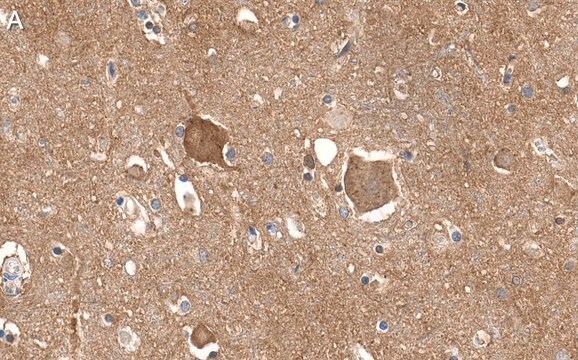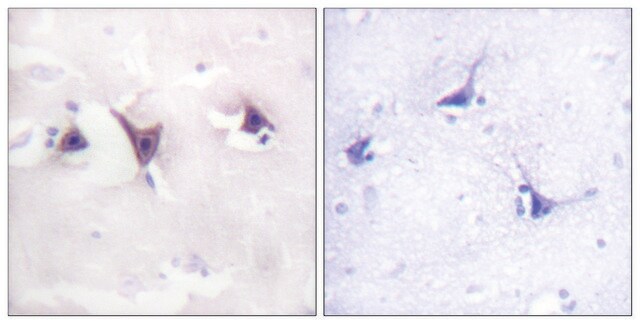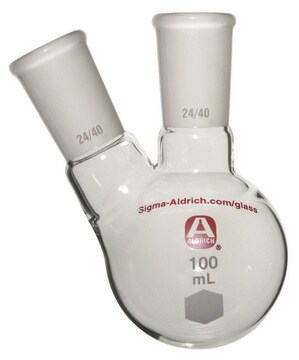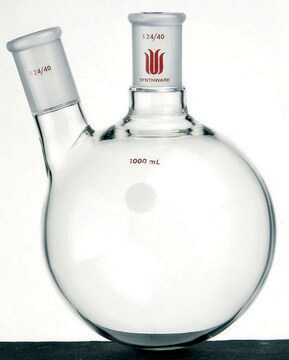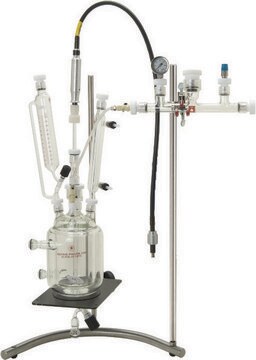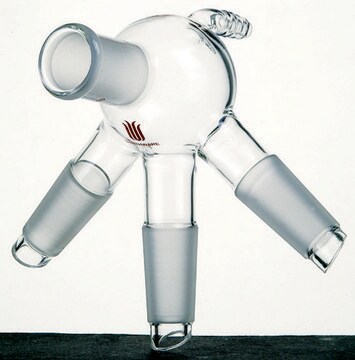07-225-I
Anti-TrkB
Sinonimo/i:
BDNF/NT-3 growth factors receptor, EC:2.7.10.1, GP145-TrkB, Neurotrophic tyrosine kinase receptor type 2, Trk-B, TrkB tyrosine kinase, Tropomyosin-related kinase B
About This Item
Prodotti consigliati
Livello qualitativo
Clone
polyclonal
Reattività contro le specie
human
Concentrazione
1.0 mg/mL
tecniche
immunohistochemistry: suitable (Paraffin)
western blot: suitable
Isotipo
IgG
N° accesso NCBI
N° accesso UniProt
Informazioni sul gene
human ... NTRK2/TRKB(4915)
Descrizione generale
Specificità
Immunogeno
Applicazioni
Immunohistochemistry (Paraffin) Analysis: A 1:50 dilution from a representative lot detected TrkB in human cerebral cortex tissue sections.
Note: Actual optimal working dilutions must be determined by end user as specimens, and experimental conditions may vary with the end user
Ricostituzione
Stoccaggio e stabilità
Esclusione di responsabilità
Codice della classe di stoccaggio
12 - Non Combustible Liquids
Classe di pericolosità dell'acqua (WGK)
WGK 1
Punto d’infiammabilità (°F)
Not applicable
Punto d’infiammabilità (°C)
Not applicable
Certificati d'analisi (COA)
Cerca il Certificati d'analisi (COA) digitando il numero di lotto/batch corrispondente. I numeri di lotto o di batch sono stampati sull'etichetta dei prodotti dopo la parola ‘Lotto’ o ‘Batch’.
Possiedi già questo prodotto?
I documenti relativi ai prodotti acquistati recentemente sono disponibili nell’Archivio dei documenti.
Il team dei nostri ricercatori vanta grande esperienza in tutte le aree della ricerca quali Life Science, scienza dei materiali, sintesi chimica, cromatografia, discipline analitiche, ecc..
Contatta l'Assistenza Tecnica.